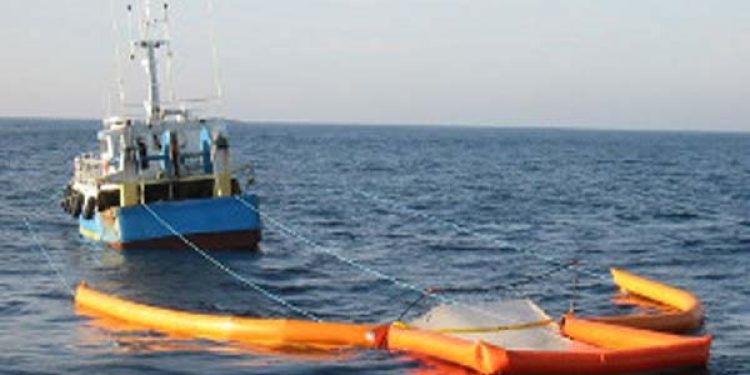Plastic is cheap and resistant. It is light and its uses are countless. It pervades industrial and consumers goods. Modern life would be unthinkable without it.
Plastic production grew exponentially since the beginning of last century. Over the last ten years, it equalled production over the whole of the 20th century. It is estimated that 66.5 Mt of plastic will be placed on the EU market in 2020.
But the huge amount of plastic that is produced and its durability make its disposal problematic and its impact on the environment raises important concerns.
Once in the environment plastic waste can persist for hundreds of years. Marine ecosystems are particularly exposed: 10 million tonnes of litter, mostly plastic, end up in the world’s oceans and seas annually, turning them into the world’s biggest plastic dump.
Waste patches in the Atlantic and the Pacific oceans are estimated to be in the order of 100 Mt, about 80% of which is plastic. Plastic waste travels across borders and international action on marine plastic litter is necessary to tackle it effectively, as it was acknowledged at the Rio+20 UN Conference on Sustainable Development. Plastic debris causes sea species to suffer from entanglement or ingestion. Photo degradation and abrasion reduce plastic to fine particles, which accumulate in body tissue, potentially having carcinogenic, mutagenic and other health effects.
The Commission adopted recently a Green Paper, setting out a number of options to reduce marine litter. There is urgent need for further coordinated research to ensure effective monitoring and mitigation. And there is a need for all actors involved (plastic producers, recyclers, retailers, packing industry, port and shipping authorities, NGO’s) to develop actions and partnerships to address marine litter.
EU Commission
FiskerForum.com









